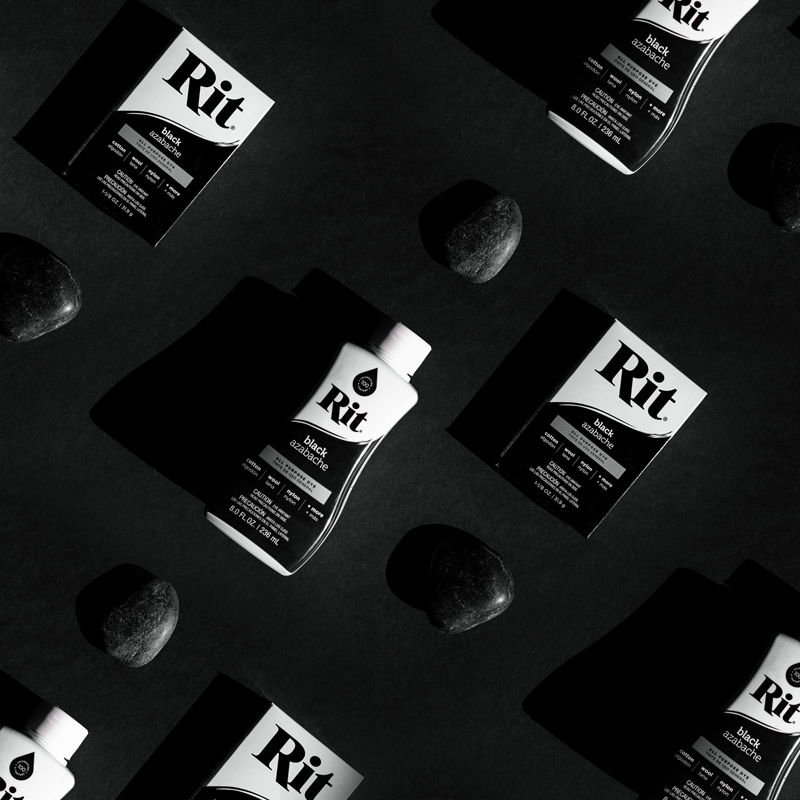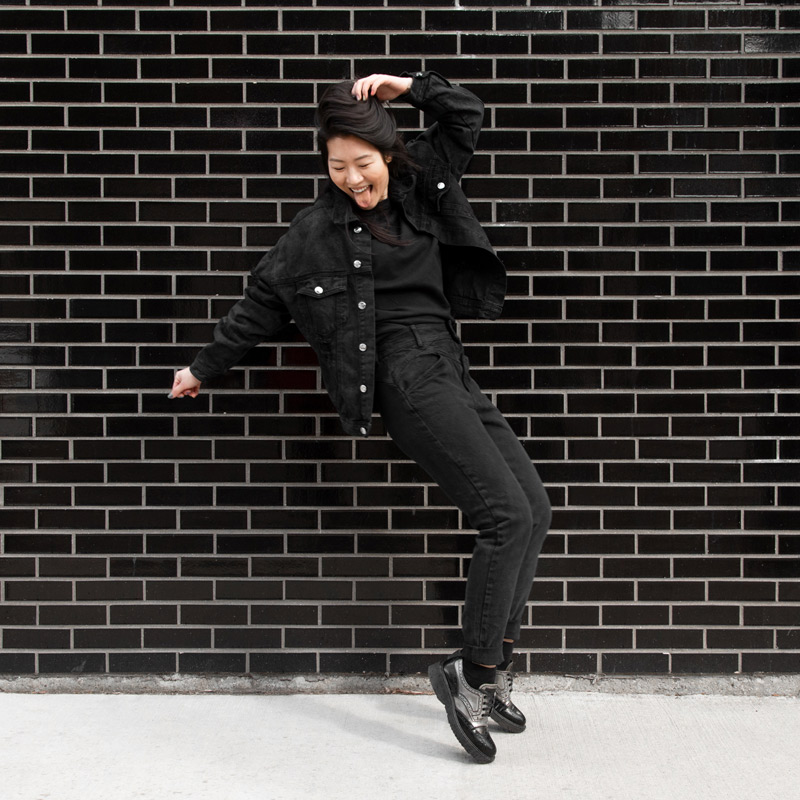RIT DYE ProLine Powder Dye 1LB BLACK / CZARNY profesjonalny barwnik w proszku do tkanin i innych powierzchni
Profesjonalny barwnik do tkanin

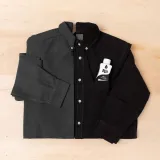

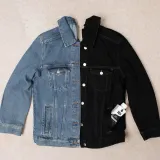
- Cena: €50.37 / szt.
-
-
szt.
-
Your shipment will be processed today if you place your order within:
If you place your order at this time, we will ship the products:
tomorow tomorow23232322222121202019191818171716161515141413131212111110109988776655443322110023232355544332211005559998877665544332211009995554433221100555999887766554433221100999h min sec
- Watch the product:
- Code: RIT_PL_POW15
- Manufacturer: Rit Dye
- Manufacturer's code: 885967841527
-
Availability:
 Exists
Exists
You can get it for free
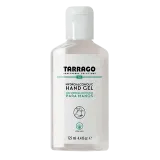 TARRAGO HEALTHCARE Hydroalcoholic Hand Gel 70% Alk. 125ml - GRATIS
TARRAGO HEALTHCARE Hydroalcoholic Hand Gel 70% Alk. 125ml - GRATIS
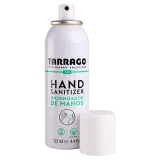 TARRAGO HEALTHCARE Hand Sanitizer 78% Alk. 125ml - GRATIS
TARRAGO HEALTHCARE Hand Sanitizer 78% Alk. 125ml - GRATIS
30 dni na zwrot
profesjonalne doradztwo - 100% zadowolonych klientów
Rekomendowane materiały:
Podstawowe właściwości produktu:
Produkt najczęściej stosowany do:
RIT DYE ProLine Powder Dye 1LB BLACK / CZARNY profesjonalny barwnik w proszku do tkanin i innych powierzchni - sklep Customizacja
Czarny profesjonalny barwnik do tkanin i innych powierzchni w formie proszku. CZARNY to jedyny odcień, który potrafi być jednocześnie subtelny i dramaturgiczny. Odniesienia kolorystyczne obejmują atrament kałamarnicy, czystą australijską lukrecję i serce twojego byłego!
Profesjonalne barwniki do zastosowań przemysłowych
Formuła barwników z linii RIT ProLine zawiera zaawansowaną mieszankę pigmentów bezpośrednich, kwasowych i dyspersyjnych, którą możesz zastosować do włókien naturalnych i syntetycznych. Barwniki z tej linii idealnie nadają się do skalowania projektów farbiarskich, niezależnie od ich rozmiaru. Doskonałe do barwienia tekstyliów przemysłowych (np. dywanów patchwork), kombinezonów i mundurów (np. instytucje korporacyjne, rządowe), garderoby (np. film, telewizja, teatr), kostiumów cosplay. Chętnie wykorzystywane przez producentów odzieży, do druku 3D, do betonu i wielu innych przemysłowych zastosowań. Profesjonalne barwniki proszkowe z tej linii to optymalna formuła dla dużych projektów. Podobnie, jak w podstawowych liniach, barwniki pozostają nietoksyczne i bezpieczne dla szamb oraz kanalizacji. Jeżeli jesteś producentem, profesjonalistą lub tworzysz na szeroką skalę i masz potrzebę barwienia większych ilości tkanin, postaw na ProLine!
Barwnikami RIT ProLine może być farbowana: bawełna, len, jedwab, wełna, ramia, sztuczny jedwab, nylon, poliester, poliestrowe mieszanki bawełny, akryl, octan, spandex, niektóre plastiki, drewno, wiklina, papier, korek, konopie, skóra, zamsz.
Zawartość opakowania: 1LB / 0.454kg
PROLINE, a inne rodzaje barwników RIT
Barwniki z linii ProLine dedykowane są fabrykom i doświadczonym profesjonalistom obrabiającym hurtowe ilości tkanin, ubrań lub przedmiotów. Jeżeli szukasz barwników do łatwego zastosowania w domu, sprawdź produkty z linii:
WAŻNE!
Przed właściwym zastosowaniem każdego środka do skór, tkanin oraz innych materiałów przeprowadź próbę weryfikującą na niewidocznym skrawku, sprawdzając działanie produktu na kolor i strukturę powierzchni. Jeżeli efekt spełnia oczekiwania, możesz przystąpić do dalszych czynności.
- How does liquid dye differ from powder dye?
- Can I mix powder and liquid dye in the same dyebath? Are they interchangeable?
- What will Rit dye?
- What will Rit not dye?
- Can colored or printed fabrics be dyed?
- Can I dye a black garment to white?
- How can I test the color of the dye?
- How do I get an even color?
- How long should I leave my item or fabric in the dyebath?
- Should fabrics or garments be washed before dyeing?
- What temperature should the water be for the dyebath?
- When overdyeing another color with black, why do I have to add an additional color?
- What special dyeing techniques should be used to achieve rich, dark color, such as black or navy?
- How do I determine how much dye I need?
- Can I dye a “Cold Water Wash” or “Dry Clean Only” fabric?
- Can I dye jeans?
- Will the use of Rit weaken fabric?
- Will Rit dye the thread or stitching on my clothing?
- How do I get dye off my hands or skin?
- What is Rit's shelf life?
Ask a question about the product. Our team will be happy to provide a detailed answer to your inquiry.


